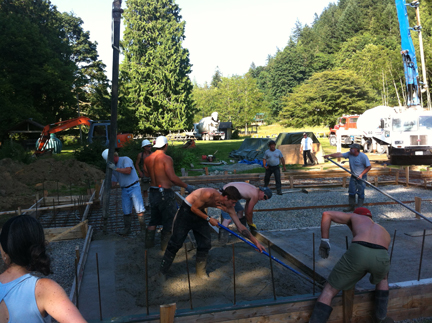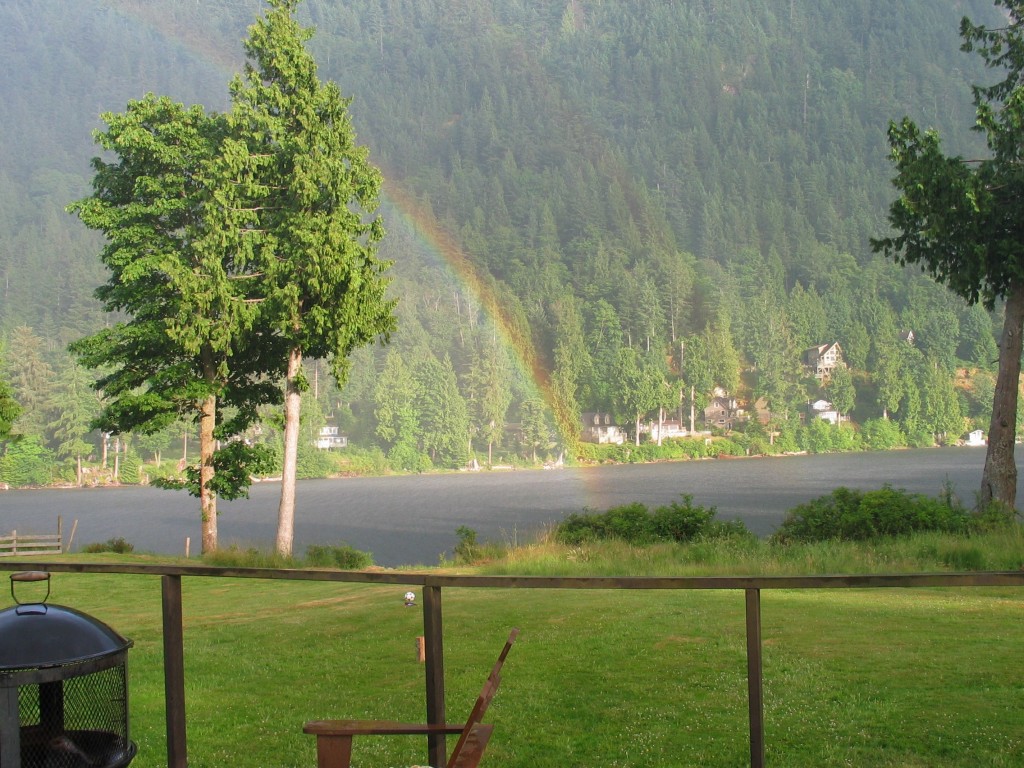The first new arrivals of 2023 on the farm arrived on a snowy Sunday afternoon, February 26th.
Mother rabbits make a nest before they birth their babies to keep them warm and safe. They will make a hole in the hay on the floor inside their nesting box and pull out their own fur to line it with. When they put the bunnies in the nest, they cover them with more fur. The babies which are called kits, stay curled up together in the nest and the mother will come and feed them once or twice a day. Rabbits don’t spend much time with their kits and keep them hidden so as not to attract predators.
Check out this video of newborn kits in their nest:
A rabbit’s milk is so rich in nutrients that they only need to feed them once or twice a day and only for about 5 minutes! This milk is so amazing that you can see the difference in size and weight on the babies each day. They are born so tiny, pink and wrinkly and by two weeks they already look like a regular (but small) bunny!
We caught snowball feeding her babies, we are lucky she let us watch! Check out the video:
Their fur started coming in after a few days and we can see that two resemble their mother and one takes after the father
cuddled up in their nest
Sooo cute and tiny!!
Up close photo of one of the white ones
Close up of the brown/reddish one
They should open their eyes around day 7
The bunnies are very sweet but we need to give them space to safely grow for a few more weeks. To avoid stressing the mother out and/or causing injury to the new babies we must not go in to play with them at this time.
Stay tuned for more updates and announcements about when you can meet the babies!





























































